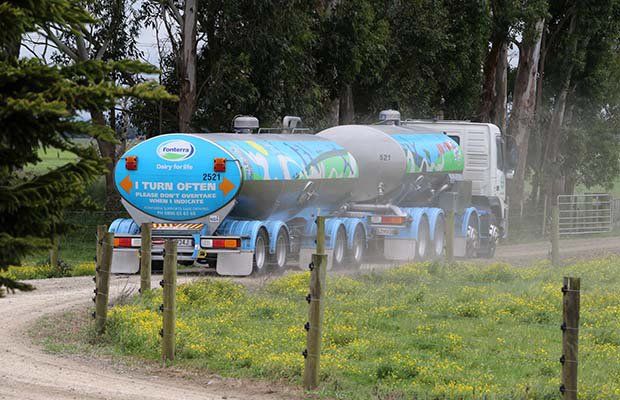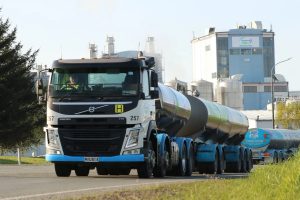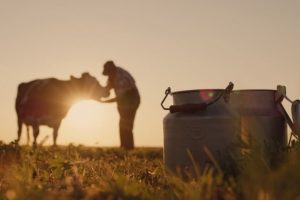
The fallout from the closure of the Marsden Point refinery continues, with New Zealand exporters now unable to source enough liquid carbon dioxide and dry ice, used to keep perishable exports such as seafood and dairy fresh.
Since the closure in March last year of the Northland refinery, which produced CO2 as a byproduct of its refining operations, Todd Energy’s Kapuni plant had been the sole domestic producer of food-grade CO2.
The Todd Energy plant was shut down last month due to safety issues and it remained unclear when the plant would be up and running again.
Liquid CO2 is used to create dry ice. Larger food exporters, such as seafood company Sanford and dairy giant Fonterra, can use as much as 10t weekly for air-freight products.
Fonterra, which also uses CO2 for its manufacturing operations, has downplayed the impacts of the Kapuni gas plant shutdown.
However, Customs Brokers and Freight Forwarders Federation (CBAFF) chief executive Rosemarie Dawson said some of its export members have been relegated to using a tiny fraction of what they would normally use.
She said some importers are also resorting to re-using dry ice that arrives with products from Europe to redistribute to other parts of the country. “Dry ice can’t be stockpiled, and only has a shelf life of four to seven days.”
CBAFF noted that the price of dry ice has also risen more than three-fold in recent months, from $4 per kg to $18/kg since October, as exporters started to buy it from Australia, where dry ice is priced at about A$3kg ($3.30/kg).
The shortage could also potentially impact the movement of vaccines and other temperature-controlled medical supplies.
“Many overseas customers of New Zealand products also purchase small samples for testing ahead of placing a large order. We have members who have been unable to ship even small 10-20kg samples of items such as pharmaceutical products for testing, and those international customers could now look elsewhere,” Dawson said.
She said there is now a “clear need” for the government to identify options for increasing domestic production of food-grade liquid CO2.
“For a country highly reliant on our exports, having only one domestic producer left us highly exposed and unfortunately our sector’s fears this would result in a crisis have proved correct.
“We can only hope the Kapuni plant will be up and running again soon but the government also needs to act to manage risk and future-proof a competitive domestic supply of food-grade CO2. Whether it is finding a way to reopen Marsden Point or establishing a new facility, it is absolutely critical to the New Zealand economy that a solution is identified and acted upon as swiftly as possible.”
























